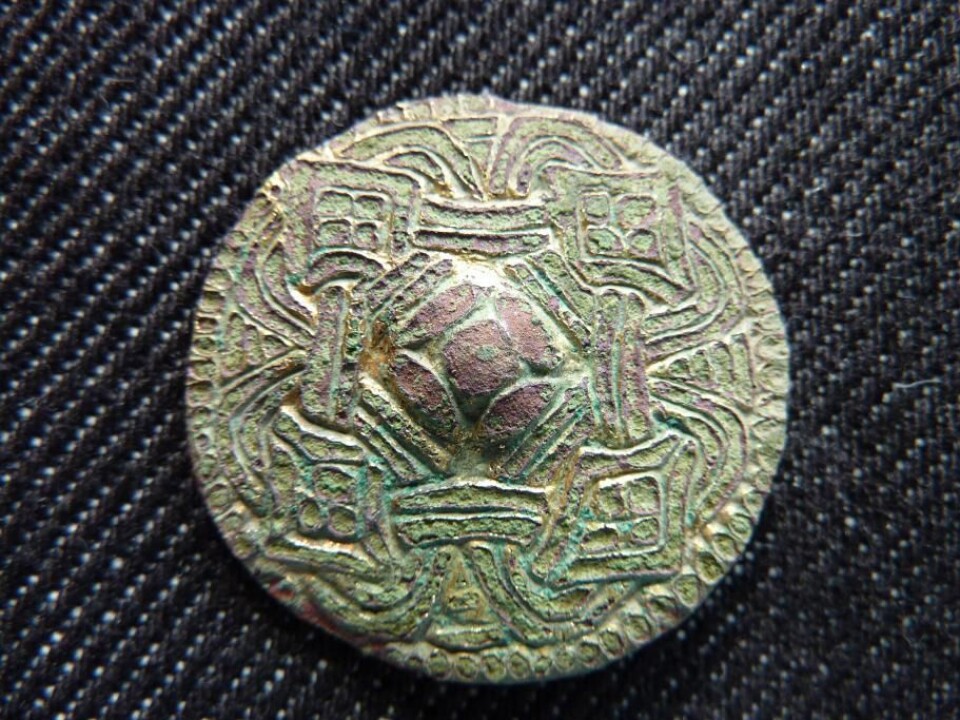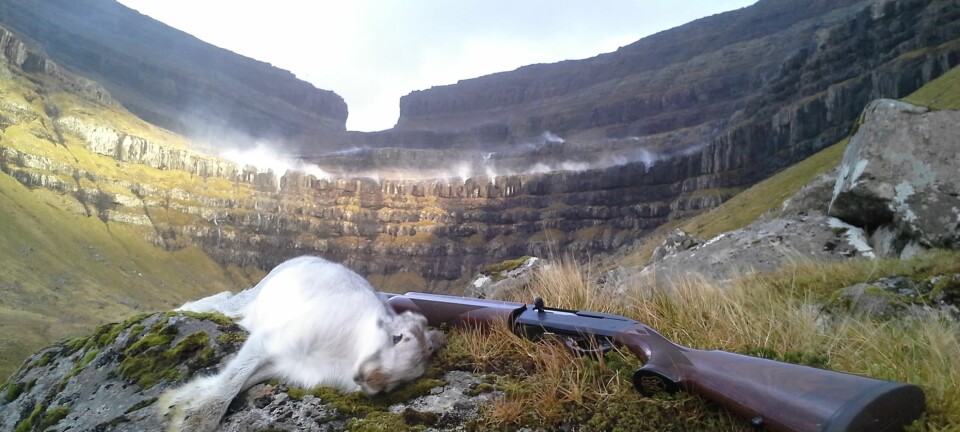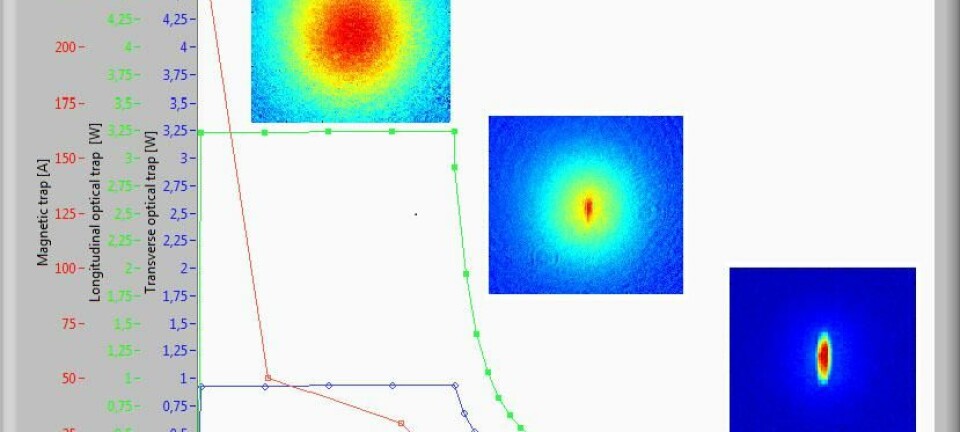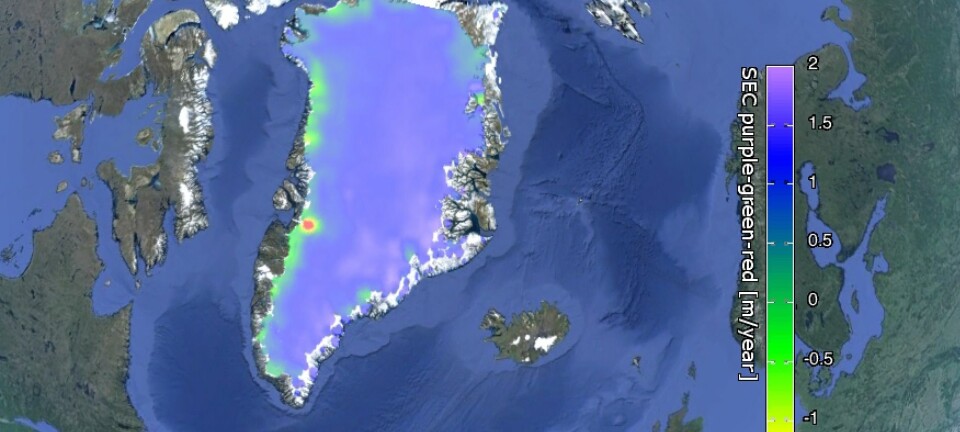
Archaeology is being revolutionised by amateur collectors
A new database created with the help of amateur archaeologists provides an improved and quicker overview of archaeological finds.
The metal detector sweeps over the soil and suddenly sounds the alarm.
Amateur archaeologist Freddy Arntsen from North Zealand, Denmark, puts the detector aside as he grabs a handful of soil that turns out to contain a silver coin from 1623 AD, embossed with King Christian IV’s monogram.
The little coin is far from the only find made by amateur archaeologists like Freddy in recent years.
Now, Danish museums have come together to create a new database, DIME (Digital Metal Finds), where amateur archaeologists can register their finds.

“The purpose of the database is to get a better overview of the thousands of discoveries made each year,” says project leader Dr Andres Dobat, an archaeologist from Aarhus University, Denmark.
“Amateur collectors are enormously competent and talented, and carry out their work to a high professional level. These people are a good resource that we need to use,” he says.
The database will help both amateur and professional archaeologists and is expected to go online in 2017.
Read More: Citizen Science in the Faroe Islands: Helps both hunters and animals
A queue of amateur discoveries
The finds are an untapped knowledge bank and organising them has been a challenge for museums.
“Museums find it difficult to keep up with the sheer amount of discoveries--it’s quite an administrative burden. Every year, thousands of discoveries are made. It’s increased rapidly and we don’t have a system that can give us a complete overview of it all,” says Dobat.
Without the database, there is no record of the number of undeclared archaeological discoveries, some of which could have a high preservation value. Meanwhile, the number of reported finds has doubled from 5,556 in 2013 to 9,756 in 2016.
“The things you hear about in the press are the spectacular gold and silver items. But there are many more discoveries that aren’t treasure but are just as exciting historically speaking. A musket ball from the 1600s is not ‘treasure’ but it can tell a story about a battlefield in the Swedish Wars, which we’d not previously heard about,” says Dobat.
Read More: Calling all armchair scientists: ESA releases Greenland satellite data
We want to tell the stories
One such ‘non treasure’ find is a knife scabbard fitting made of bronze that was discovered in Zealand, Denmark. It originates from the Baltic and documents Slavic and Wendish immigration to Denmark during the Viking Age.
“These finds show how religion changed, where and how people traded, how the economic system worked between the social elite and royalty, and migration and war. We struggle to tell these stories today, because the finds are only registered at local museums and not in a nationwide database,” says Dobat.
DIME is supported by the Krogager Foundation and developed in close cooperation with local museums and the Association of Danish Amateur Archaeologists.
“The database tries to introduce a new approach to handling these antiquities. Today, amateur archaeologists can find something and academics add it to the register. We’d like to give amateur detectives the option of logging the historical discoveries themselves,” says Dobat.
Read More: Help scientists map the bacterial jungle in your shower
Praise for amateur archaeologists
Amateur archaeologist Freddy Arnsten is a member of the Danish Amateur Archaeologist Association and is glad that his discoveries can now be added to the database for all to see.
“It’s great to be able to find something that historians and archaeologists can use. We’re proud to be a part of the work and to contribute where we can,” says Arnsten.
Dobat is full of praise for the hard work of people like Freddy.
“Looking back over the past 20 to 30 years, amateur archaeologists have revolutionised our understanding of the Viking Age due to the many finds that they’ve made. So many great discoveries--residences and more--have shown up that we wouldn’t otherwise have found,” says Dobat.
-----------------------
Read the Danish version of this story on Videnskab.dk
Translated by: Catherine Jex









